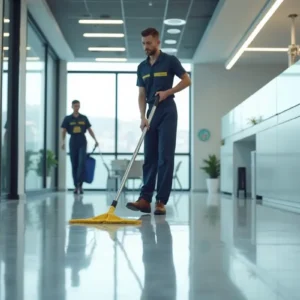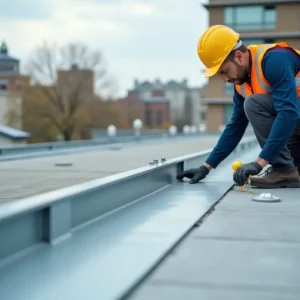High winds can cause severe damage to roofs, especially when underlying maintenance issues are ignored. Missing shingles, loose flashing, and clogged gutters can weaken a roof’s ability to withstand strong gusts, increasing the risk of water intrusion and structural problems. Regular inspections and maintenance are crucial for reinforcing weak spots and prolonging the lifespan of your roof.
An often-overlooked aspect of storm preparation is the long-term value of proactive maintenance. Addressing minor issues before wind events occur can prevent significant losses. In some cases, obtaining a roof certification can also help document the roof’s condition, confirm that it meets specific standards, and provide peace of mind. A well-maintained roof enhances safety and plays a key role in reducing wind-related repair costs.
Contents
Understanding Wind’s Impact on Roofs
Wind can exploit even the smallest weaknesses in a roof, especially around edges like eaves, ridges, and corners. Wind uplift can loosen or tear off shingles, leading to increased water infiltration. Asphalt shingles nearing the end of their lifespan can fail at wind speeds as low as 60 mph, exposing vulnerable underlayment and causing rot, mold growth, insulation damage, and expensive structural repairs.
Wind Mitigation Techniques
Regular roof maintenance is key in minimizing the risk of wind-related damage, especially during severe weather. Addressing minor issues like loose shingles, weakened flashing, or deteriorating seals helps prevent larger problems when high winds strike. Over time, even minor roof damage can compromise the structural integrity of a home, making it more vulnerable.
Incorporating strategies such as wind mitigation strengthens the roof’s ability to withstand strong gusts by reinforcing vulnerable areas and improving overall durability. By staying proactive with inspections and timely repairs, homeowners can better protect their property from wind damage and extend the lifespan of their roofing system.
Key Maintenance Practices
- Regular Inspections: An annual professional roof inspection—preferably before storms or after major weather—can identify minor issues before costly repairs. Roofing experts can spot damage signs like lifted shingles, punctures, cracked caulking, or worn flashing that homeowners might miss. Fixing these early helps prevent expensive replacements.
- Immediate Repairs: Untreated issues like curling shingles or loose flashing let wind and water enter, risking leaks or roof blow-offs. Prompt maintenance prevents minor problems from worsening during storms, protecting your home and belongings.
- Gutter Maintenance: Few homeowners know that clogged gutters can weaken a roof. Poor drainage causes water pooling, speeds up roof deck rot and loosens fasteners, increasing vulnerability to wind and storms.
Regular Maintenance: A Cost-Effective Strategy
Homeowners might hesitate at annual maintenance costs, but a proactive approach is cheaper than emergency repairs or full replacement. Regular inspections extend roof lifespan, meet warranty needs, and may qualify for insurance discounts with wind mitigation features. Most importantly, scheduled maintenance keeps your roof in top shape and offers peace of mind for any weather.




